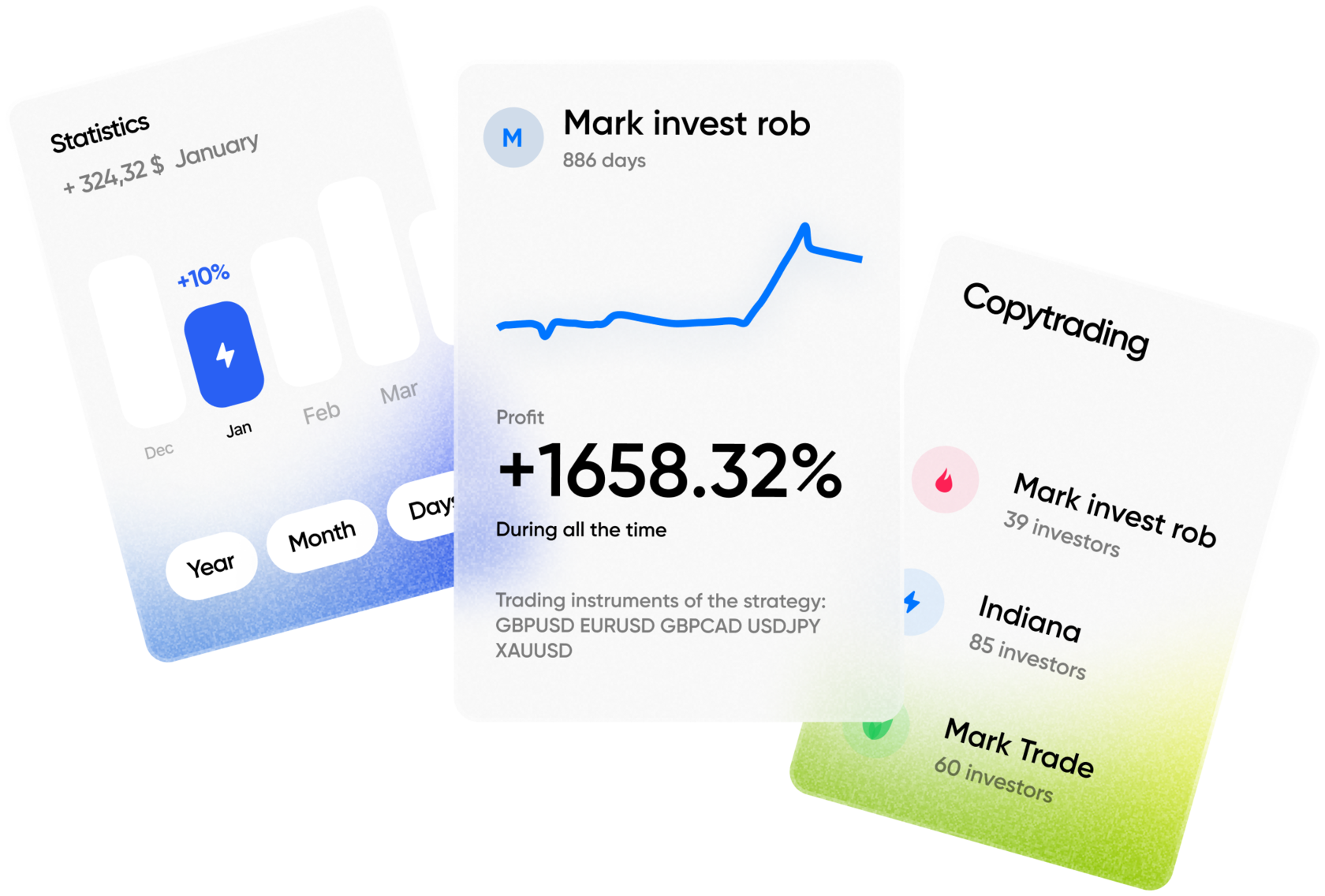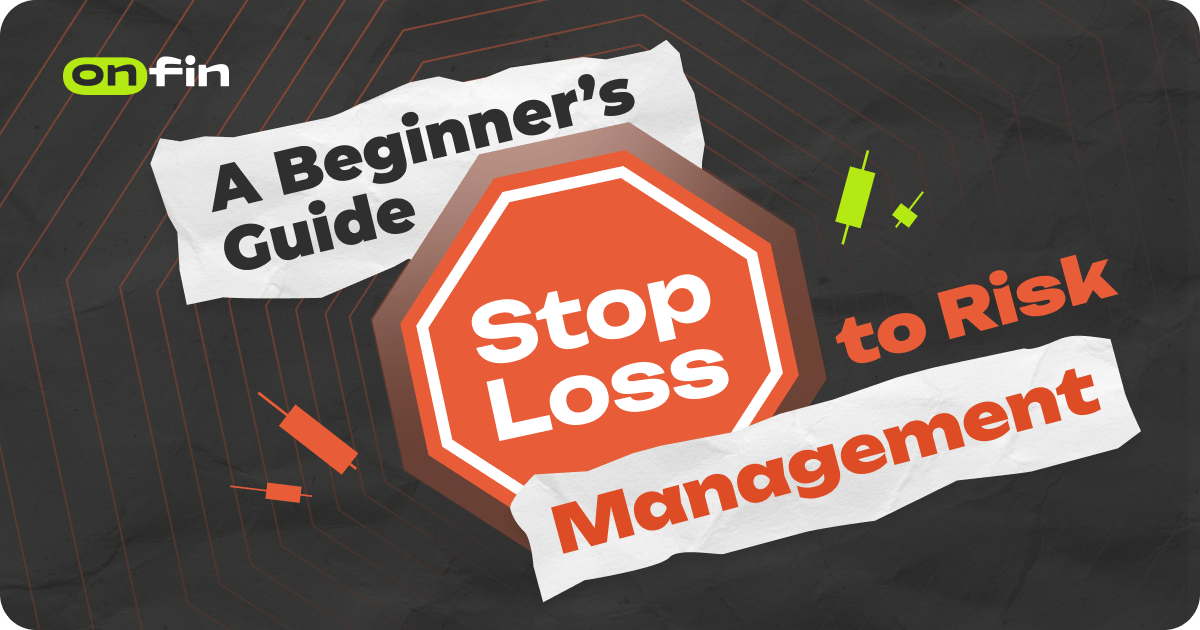In trading, success is not just about making profits—it’s also about limiting losses. One of the most powerful tools for risk management is the stop-loss order.
A properly placed stop-loss can protect traders from unexpected market movements, help maintain discipline, and improve long-term profitability. However, setting stop-loss orders correctly requires skill and strategy.
This article will guide you through the importance of stop-loss in Forex trading, how to place it effectively, the most common stop-loss techniques, and how professional traders use it to manage risk in real-market conditions.
What Is a Stop-Loss Order?
A stop-loss order is a pre-set instruction to automatically exit a trade when the price reaches a specific level. The main purpose of a stop-loss is to protect traders from excessive losses and help them stick to their trading plan.
For example, let’s say you buy EUR/USD at 1.1000 and set a stop-loss at 1.0950. If the price drops to 1.0950, your trade will automatically close, preventing further losses. Without a stop-loss, you could continue holding the position and potentially face much bigger losses if the market keeps moving against you.
Stop-loss orders are especially important for beginner traders, as they help avoid emotional decision-making and promote disciplined trading.
Why Beginners Need to Use Stop-Loss Orders
New traders often underestimate the importance of risk management. Many beginners enter trades with the belief that the market will always move in their favor, but this is far from reality. Here’s why stop-loss orders are essential for beginners:
1. They Prevent Emotional Trading
Without a stop-loss, traders might panic when the market moves against them, making impulse decisions such as closing a trade too early or holding onto losing positions for too long.
Fear and greed are dangerous emotions that lead to poor trading decisions.
2. They Protect Your Trading Capital
Risking too much on a single trade is a common mistake. A well-placed stop-loss ensures that no single trade wipes out a significant portion of your account, allowing you to continue trading even after a loss.
3. They Help Beginners Develop Discipline
Using a stop-loss forces traders to plan their trades in advance, rather than reacting to the market impulsively. This discipline is crucial for long-term success in trading.
4. They Work as an Automatic Safety Net
Beginners often step away from their screens, and unexpected market events (such as news releases or flash crashes) can lead to large losses. A stop-loss protects your account even when you are not actively monitoring the market.

Common Stop-Loss Placement Techniques
Setting a stop-loss is not just about choosing a random number. Professional traders use specific strategies to place their stop-loss orders effectively. Here are some of the most commonly used stop-loss techniques:
1. Percentage-Based Stop-Loss
This is the most basic method, where traders set a stop-loss based on a fixed percentage of their trading capital. For example, if you decide to risk 2% of your account per trade, and your account balance is $10,000, your maximum loss per trade would be $200.
While this method is simple, it does not consider market structure or volatility, which can lead to premature stop-outs.
2. Volatility-Based Stop-Loss
Market volatility can vary significantly. If a stop-loss is too tight, it may get triggered by normal price fluctuations. Traders using this technique set a stop-loss based on the asset’s recent volatility, often using indicators like:
- Average True Range (ATR): Measures market volatility and helps set an appropriate stop-loss distance.
- Bollinger Bands: Can indicate when price movements are extreme, suggesting where to place stop-losses.
For example, if the ATR of EUR/USD is 50 pips, a trader might place their stop-loss at 1.0950 when entering a trade at 1.1000, allowing enough room for price fluctuations.
3. Support and Resistance-Based Stop-Loss
Professional traders often place stop-losses near key support or resistance levels.
- Support level: A price level where buyers tend to step in, preventing the price from falling further.
- Resistance level: A price level where selling pressure increases, preventing the price from rising.
Example: If EUR/USD is trading at 1.1200 and the nearest support level is 1.1150, a trader may place their stop-loss just below 1.1150 to avoid being stopped out by normal market movements.
4. Time-Based Stop-Loss
Some traders exit trades after a specific period if the market does not move in their favor. For example, a day trader might close all trades by the end of the trading session to avoid overnight risks.
5. Trailing Stop-Loss Strategy
A trailing stop-loss moves as the price moves in your favor, locking in profits while still allowing room for the trade to develop.
- If you buy EUR/USD at 1.1000 and set a 30-pip trailing stop, the stop-loss will follow the price as it moves up. If the price reaches 1.1050, the stop-loss moves to 1.1020.
- If the price then falls to 1.1020, the trade closes with a 20-pip profit, instead of a loss.
Trailing stops help protect profits while allowing trades to grow.
How Professional Traders Use Stop-Loss Orders
Experienced traders don’t just use stop-losses for protection—they integrate them into their overall trading strategy. Here’s how professionals use stop-loss orders in real-market conditions:
- They Align Stop-Loss with Market Structure – Instead of setting arbitrary stop-loss levels, professionals use support, resistance, and trendlines to place stops strategically.
- They Adjust Stops Based on Volatility – A professional trader widens their stop-loss in volatile markets and tightens it when volatility is low.
- They Use Stop-Loss and Take-Profit Together – Instead of focusing only on limiting losses, they ensure their reward-to-risk ratio is favorable, often aiming for at least a 2:1 ratio (risking $100 to make $200).
- They Avoid Emotional Adjustments – Professionals stick to their plan and don’t move stop-loss orders impulsively. If the trade doesn’t go as expected, they accept the loss and move on.
Avoiding Common Stop-Loss Mistakes
Beginners often make mistakes when setting stop-loss orders. Here are some common errors and how to avoid them:
- Placing Stops Too Close: Tight stop-losses can lead to frequent stop-outs, even if the trade is ultimately correct. Give the trade enough room to breathe.
- Ignoring Market Conditions: Using the same stop-loss strategy in different market conditions is a mistake. Adjust your stop-loss according to volatility.
- Not Using a Stop-Loss at All: Many beginners avoid stop-losses out of fear of premature exits. This is a dangerous habit that can lead to large, unexpected losses.
- Moving Stop-Loss Orders Emotionally: If a trader moves their stop-loss further away to “avoid taking a loss,” they risk turning a small loss into a catastrophic one.
Final Thoughts: Mastering Stop-Loss for Success
A well-placed stop-loss strategy is one of the most important tools in a trader’s risk management plan. It helps beginners stay disciplined, protect capital, and avoid emotional trading mistakes.
By understanding different stop-loss placement techniques and avoiding common trading stop-loss mistakes, traders can create a more consistent and profitable trading approach.
Ready to test your stop-loss skills? Open a demo account to practice risk-free or explore copy trading to learn from successful traders in real time. Stay disciplined, manage your risks, and trade smarter!







